(Last updated on 13/10/2025)
Plasencia is a small city located by the river Jerte, in Cáceres province. Its walkable walled city centre is full of charming architectural gems including a one-of-a-kind cathedral, and is worth a day trip from Cáceres or an overnight trip from Madrid.
This Plasencia sightseeing mini-guide is aimed at helping first-time visitors plan their trip. Make the most of your first day in Plasencia by visiting my personal selection of places not to miss.
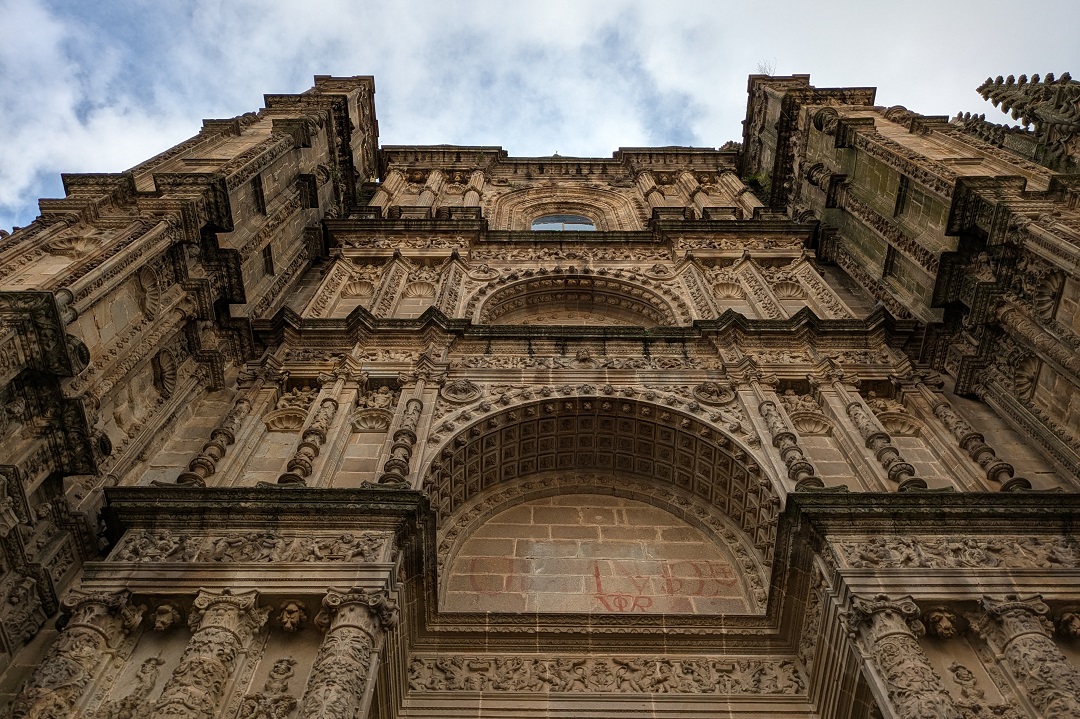
This post contains affiliate links. If you click through and make a purchase, it will generate a small commission for me, at no extra cost for you. Read the full disclosure for more details.
This unique two-in-one cathedral is made up of Catedral Vieja (old cathedral), built in the thirteenth-fifteenth centuries in a transitional style between late Romanesque and Gothic, and Catedral Nueva (new cathedral), built at the end of the fifteenth century in a Gothic style, but left unfinished in the sixteenth century. The old cathedral was supposed to be replaced with the new one, but money ran out and the result is a huge cathedral made up of two very different halves.
The old cathedral occupies the rear part of the ensemble and it preserves three naves without an apse. Some highlights include a cloister, where you can see the intersection between the old and the new cathedral, and a beautiful chapel (Capilla de San Pablo), former chapterhouse.
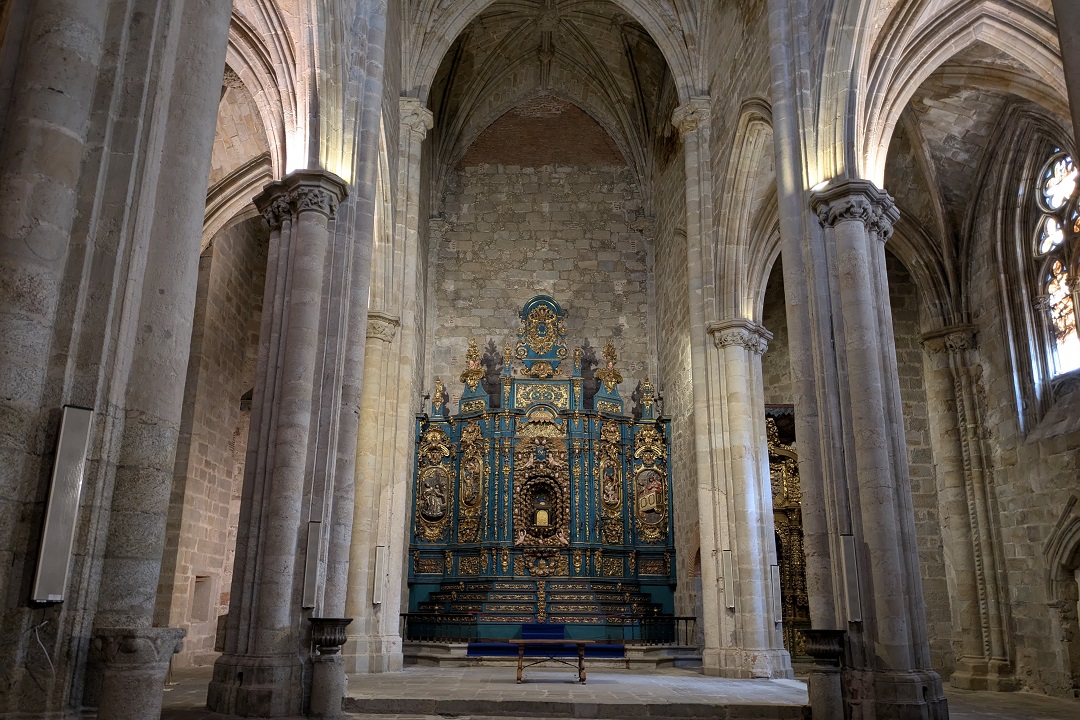
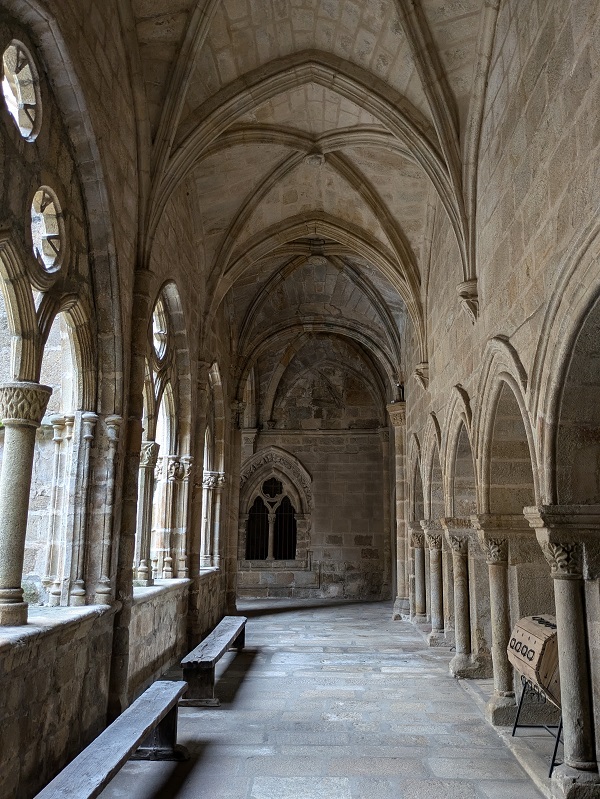
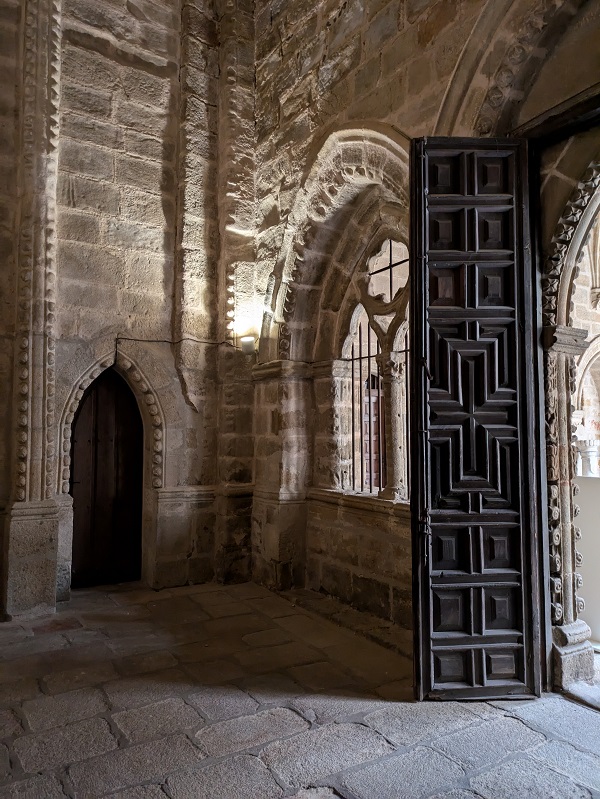
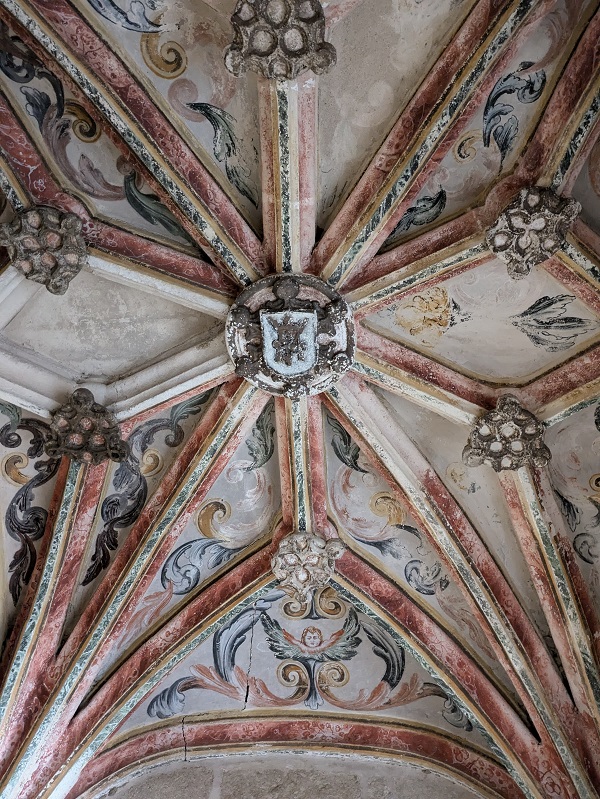
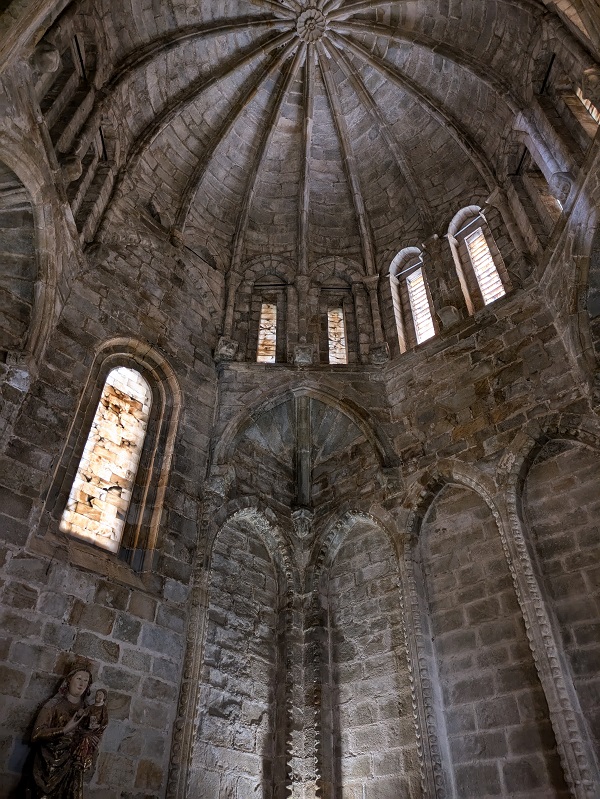
The impressive interior of the new cathedral stands out for its verticality, its richly-decorated central portal, the golden lined vaults, and the ornate organ. Something that certainly catches your eye is the intricate fifteenth-century wooden choir stalls behind the elaborate metal fence.
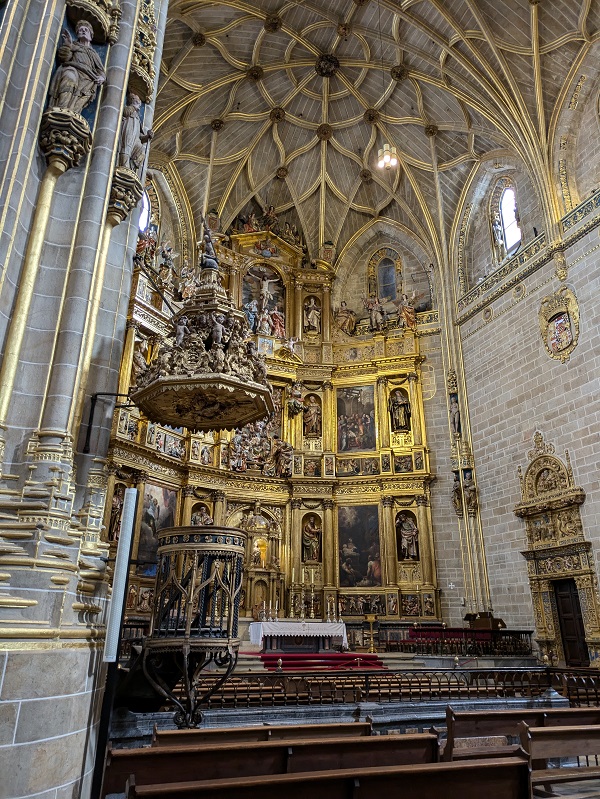
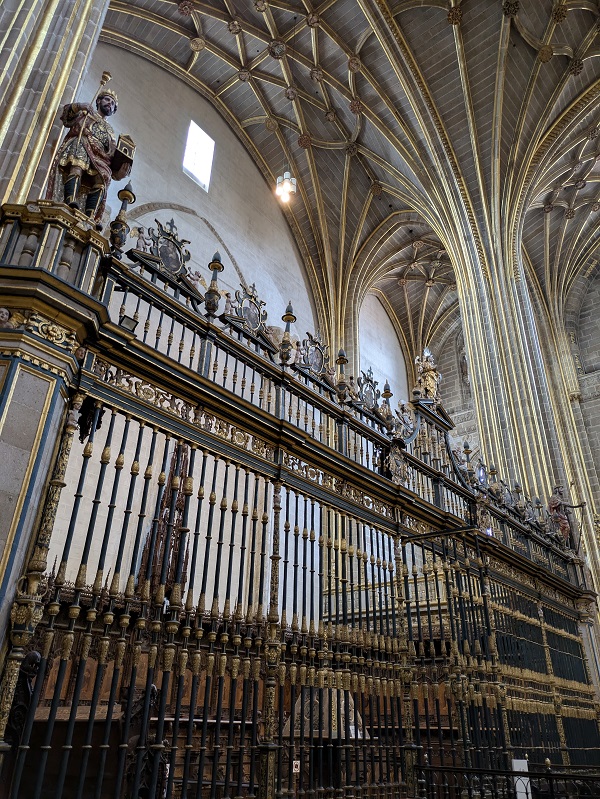
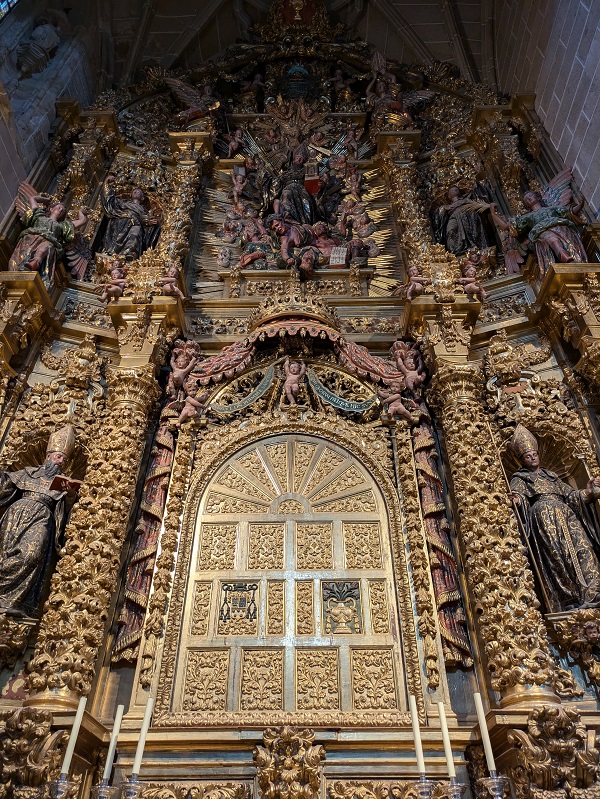
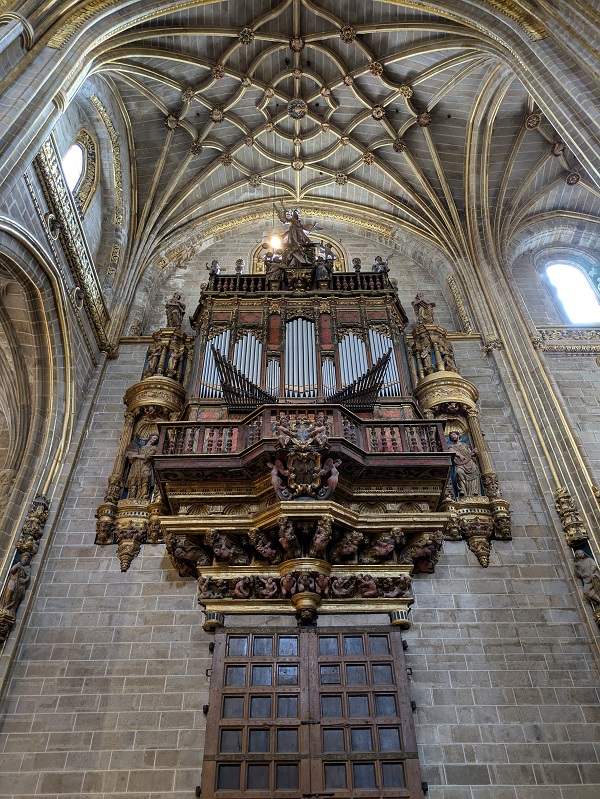
Tip: Walk around the cathedral and notice how different the two cathedrals are style-wise, even from outside.
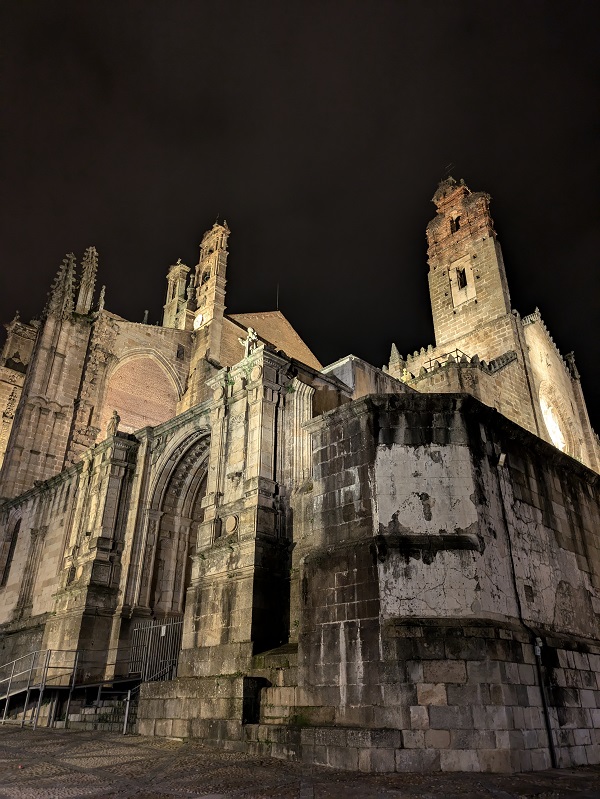
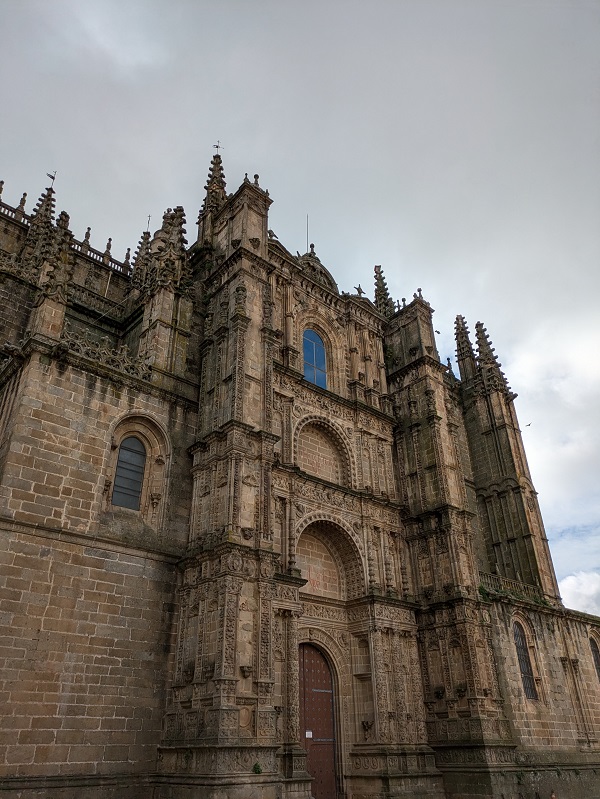
Location: Plaza Catedral, 1
Opening hours: Tuesday and Friday from 10.30am to 2.30pm and from 4pm to 7pm; Wednesday-Thursday from 10.30am to 2pm and from 4pm to 7pm; Saturdays from 10.30am to 7pm and Sundays from 10.30am to 4pm. Mondays closed.
Tickets: book them online on the Catedrales de Plasencia website.
Entry fee: (general admission) €8, self-guided tour with audio guide.
City walls and gates
Dating from the late twelfth-century, the city walls are said to originally have had seventy small towers, a fortress (which didn’t survive) and three large towers, including Torre de Lucía. Large parts of the walls were destroyed, but you can still see a fairly large section by walking along Calle Puerta de Berrozana to Calle Higuerillas past the Puerta de Berrozana gate, to then enter the city centre via Puerta Coria. The most impressive of all city gates is, in my opinion, Puerta de Trujillo, which is home to a chapel (accessible from Calle Ancha). And in front of Puerta del Sol, you can see an equestrian statue of King Alfonso XII, the city founder.
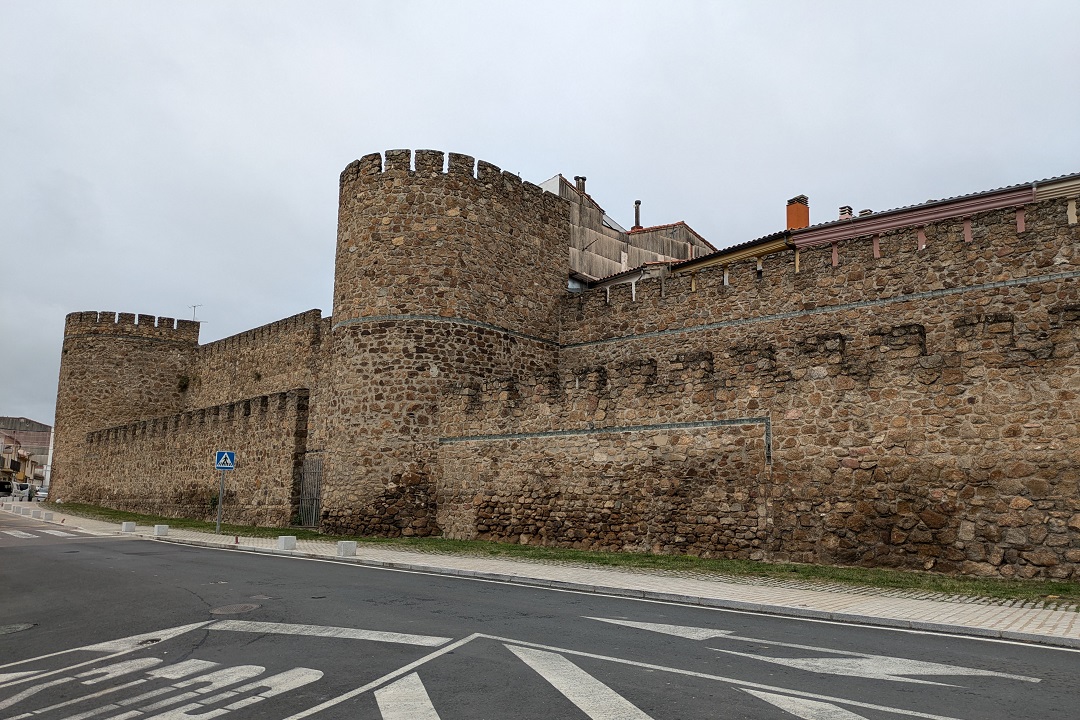
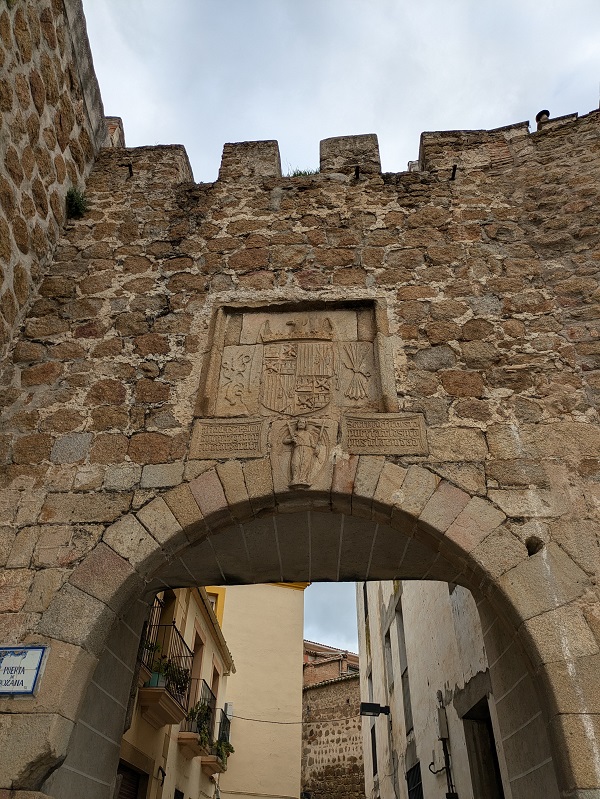
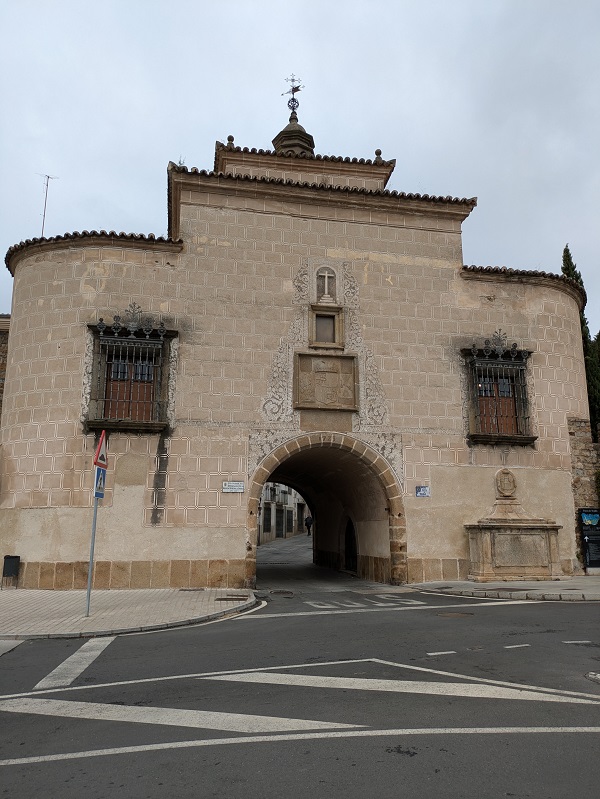
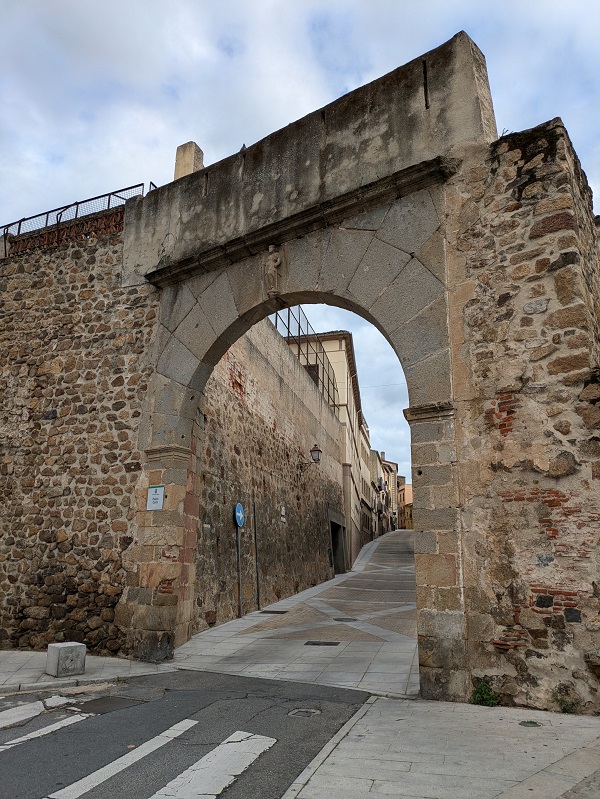
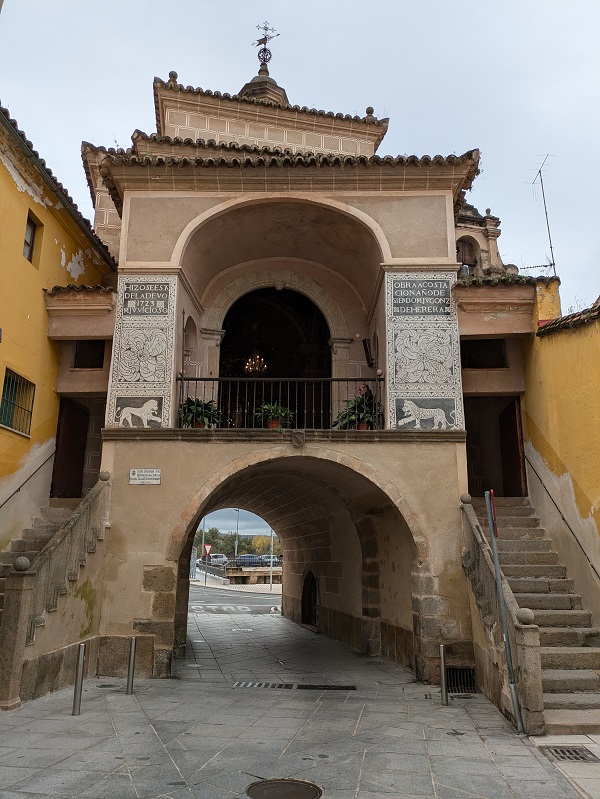
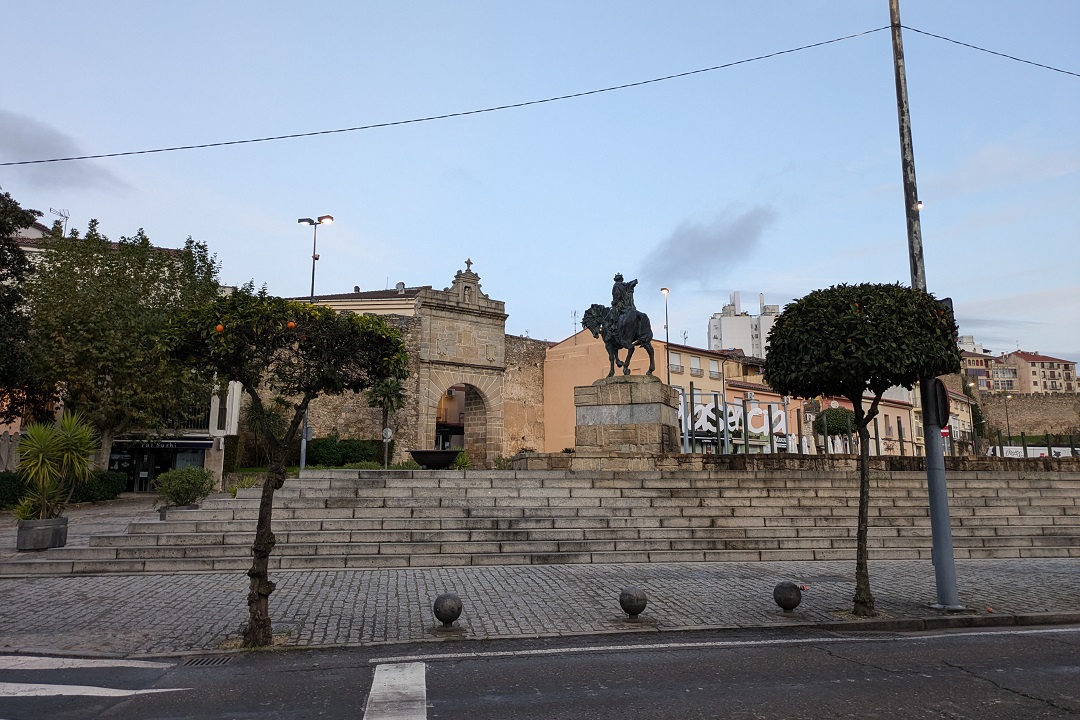
Torre de Lucía
Part of the city walls, this tower houses a tiny exhibition centre of Plasencia’s medieval history. But it’s mostly due to the views from the top that it’s worth a visit. You can walk along two small sections of the walls and enjoy some great views of the city centre and the surroundings. Aim to visit Torre de Lucía just before sunset. The northern views of the city, with Jerte Valley in the background in the evening light are something to behold.
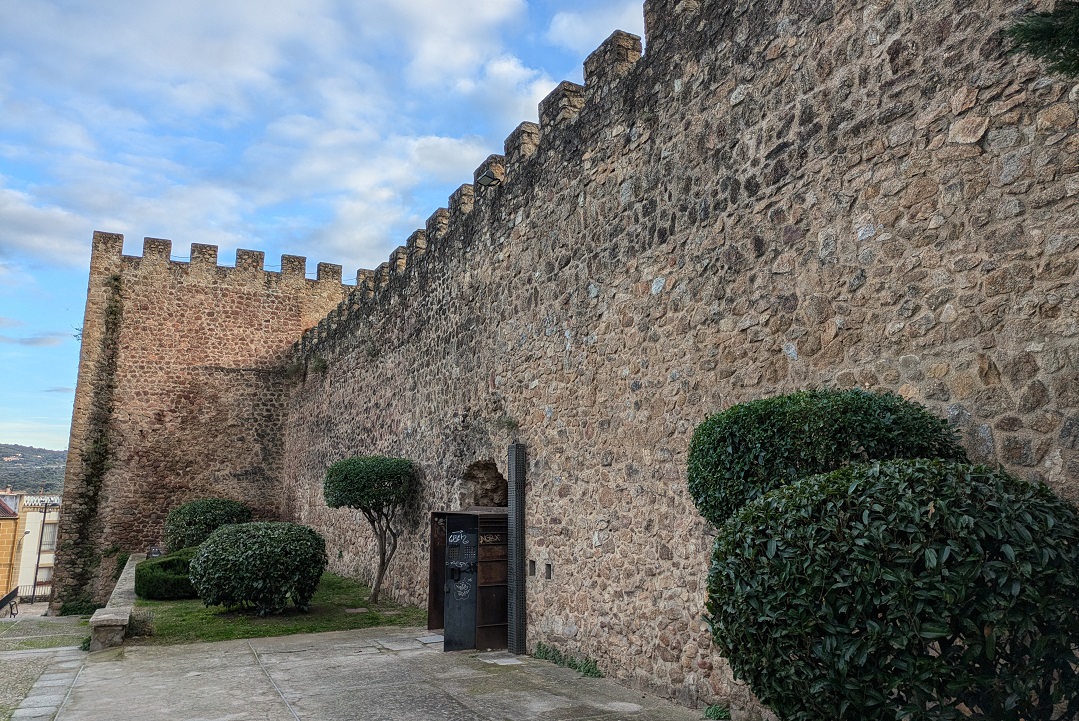
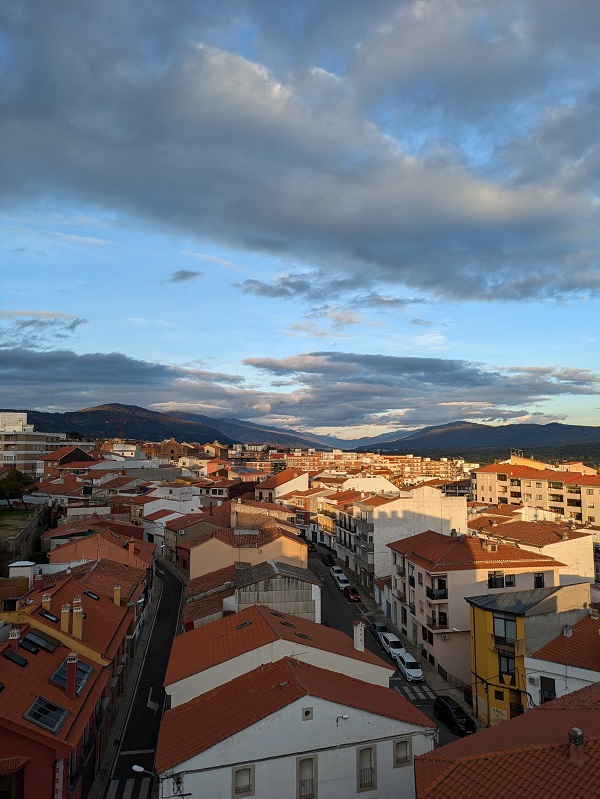
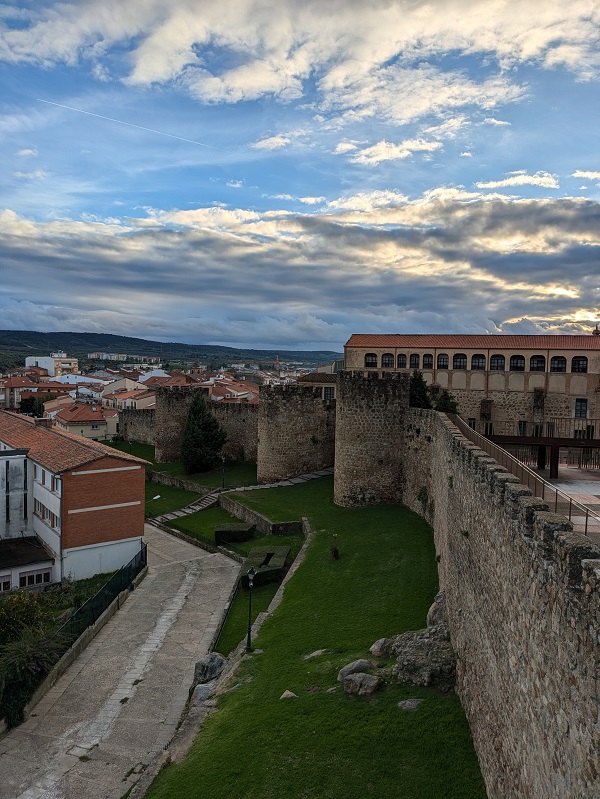
Location: Calle Torre Lucía, s/n
Opening hours: (01/10-31/05) from Tuesday to Saturday from 10am to 2pm and from 4pm to 7pm, Sundays from 10am to 2pm; (01/06-30/09) from Tuesday to Saturday from 10am to 2pm and from 5pm to 8pm, Sundays from 10am to 2pm.
Free entry
Mirador
During the two months he spent in Plasencia in 1917, famed Spanish artist Joaquín Sorolla painted Extremadura. The market, commissioned by the Hispanic Society of America and depicting a bustling agricultural market scene in Plasencia. For a similar view of the city to the one painted by Sorolla, cross the Puente de Trujillo and look back to the centre from the little viewpoint between two benches in Calle Rambla de Santa Teresa.
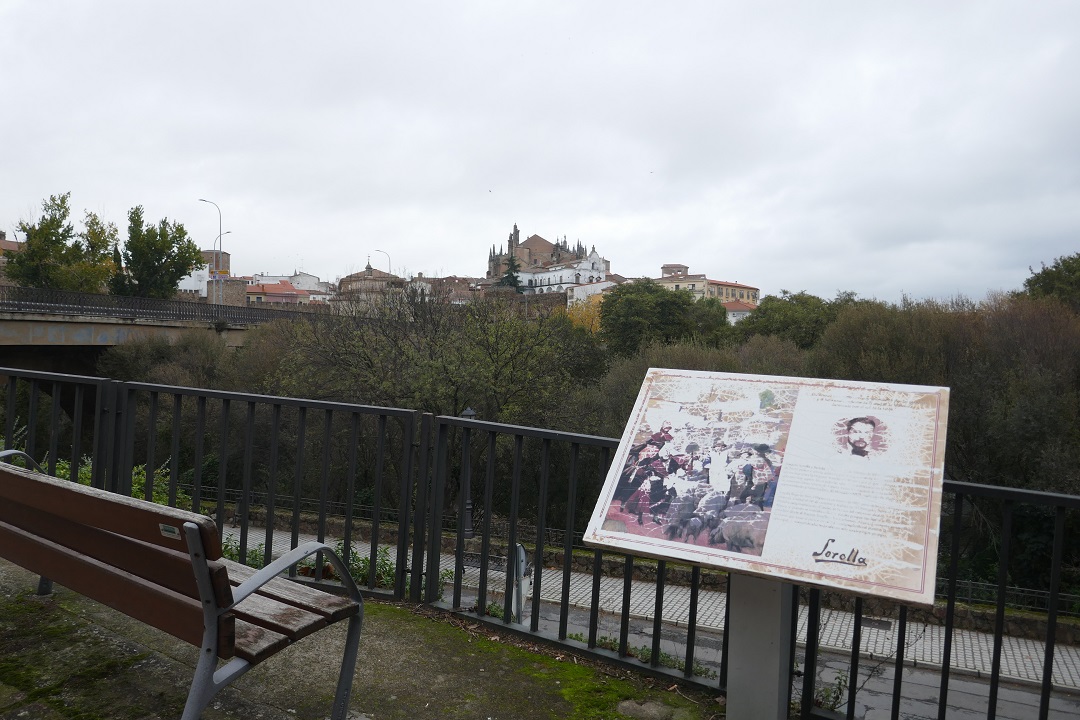
Location: Calle Rambla de Santa Teresa
Acueducto de San Antón
Made up of two sections converging at an angle between Parque de los Pinos and Avenida Juan Carlos I, this aqueduct was built in the sixteenth century to provide Plasencia residents with water from the sierras in the lower Jerte Valley. Several arches were destroyed during the Spanish Civil War and later rebuilt. A few arches are kept separately from the aqueduct near the local hospital, in the northern part of the city.
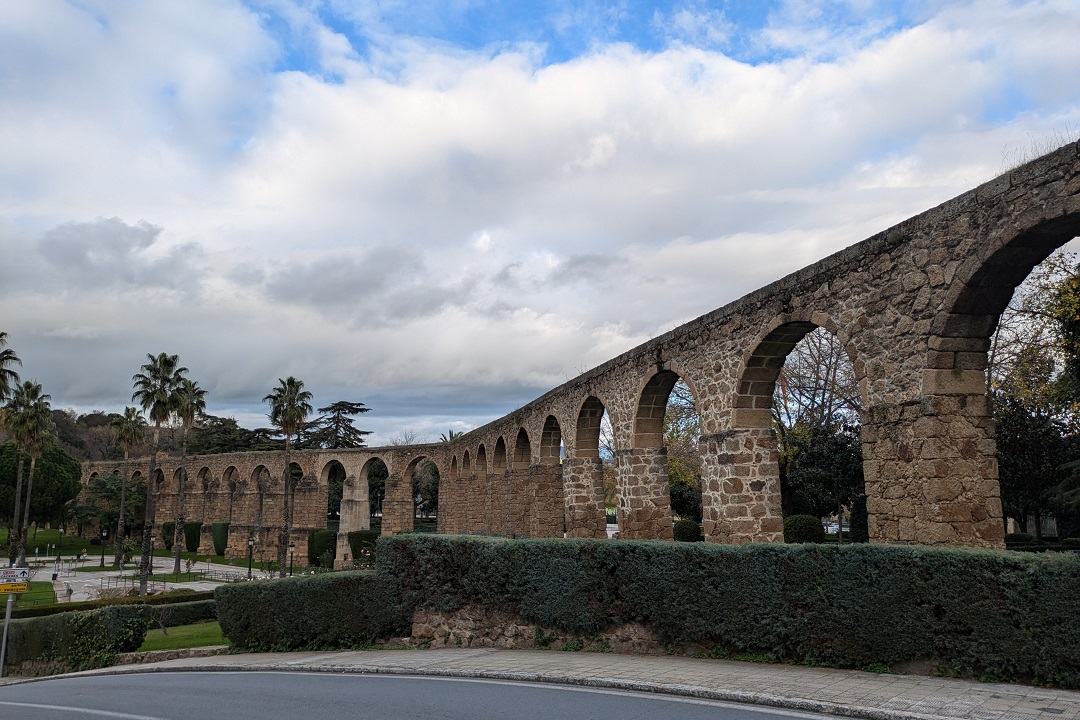
Location: Calle Arcos de San Antón
Plaza Mayor
All the main streets in the historic centre converge in this arcaded square, a popular meeting point for locals which also hosts a centuries-old weekly farmers market every Tuesday. The most notable building in Plaza Mayor is the town hall, built (and repeatedly renovated) in a late-Gothic-Renaissance style. Holding onto a column of its main tower is Abuelo Mayorga, Plasencia’s beloved jack striking the time every half an hour.
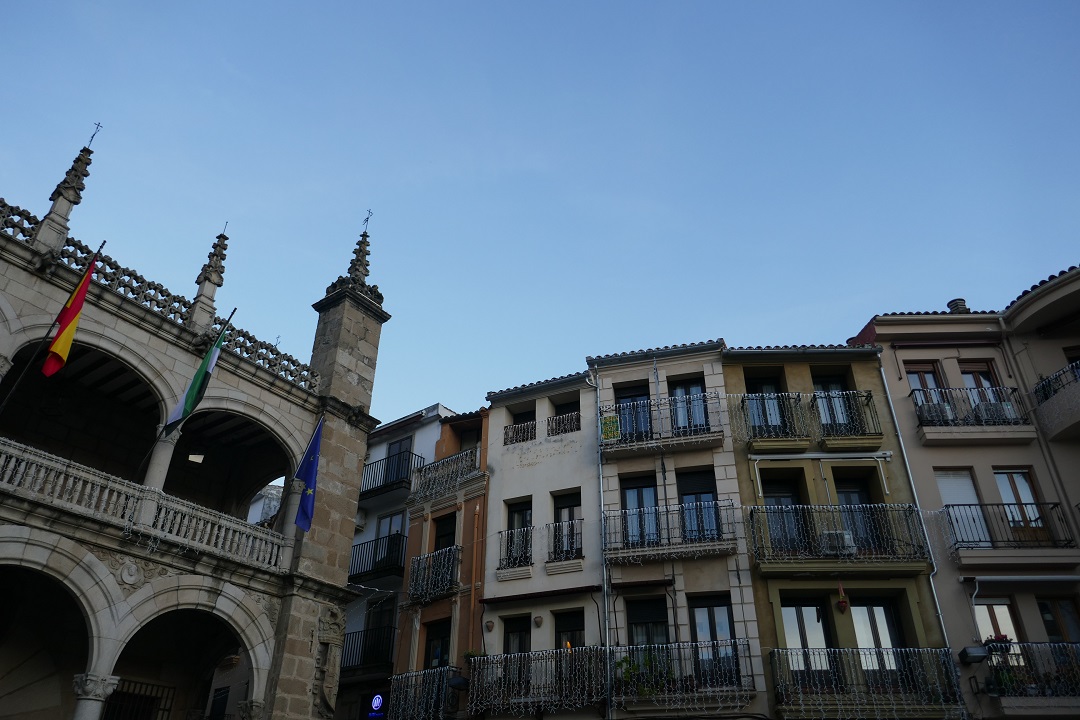
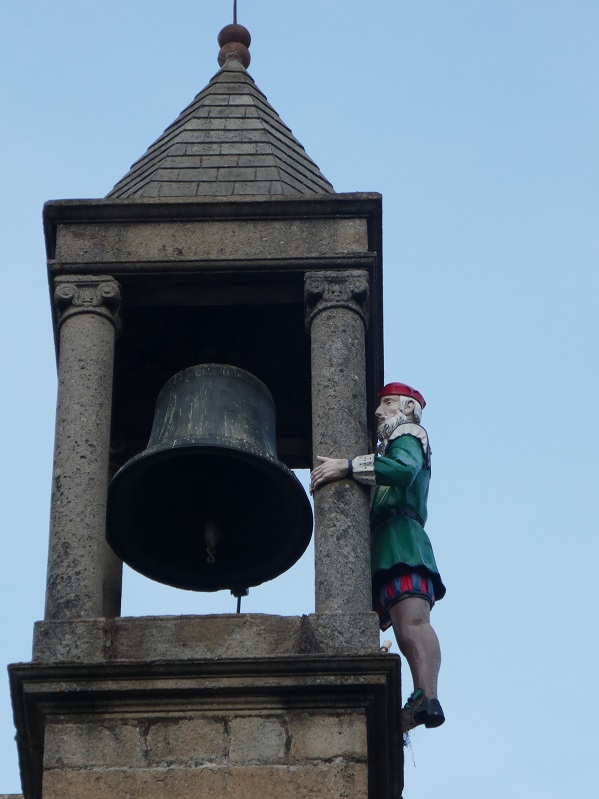
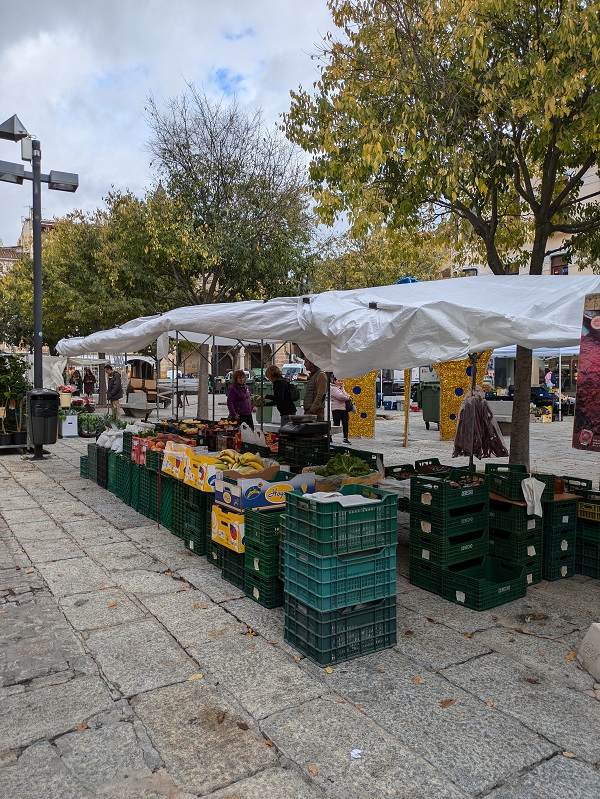
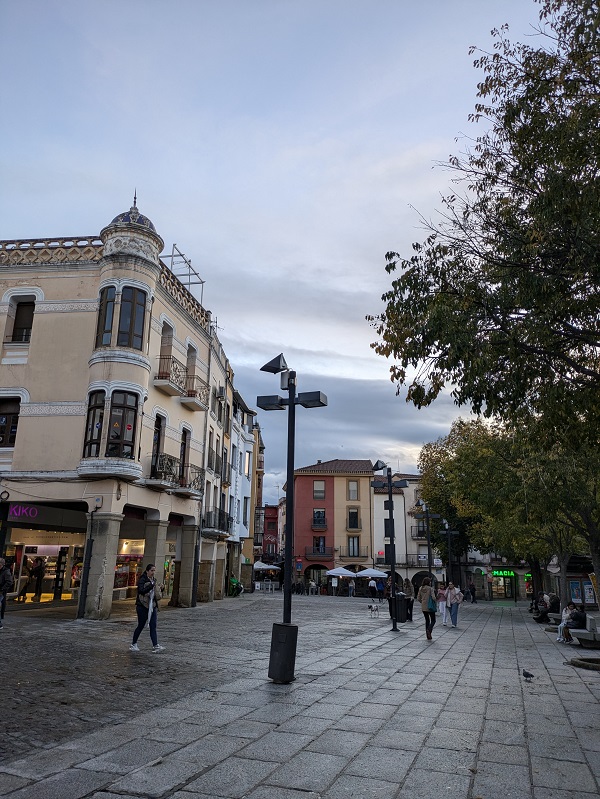
Taking place in the square and the surrounding area the first (Monday and) Tuesday in August, Martes Mayor is one of Plasencia’s most relevant annual events. It celebrates its weekly Tuesday farmers market tradition with numerous stalls selling fruit, vegetables and crafts, food competitions, and music.
Museo Etnográfico Textil Pérez Enciso
Displayed over three floors, this museum’s collection comprises a wide range of traditional textiles, home accessories and furnishings, and tools from all corners of Cáceres province. Spain is a country of everything regional and many regional costumes, music and traditions are largely unknown abroad. This museum serves as a useful introduction to, for example, the elements making up various local versions of the traditional extremeño costume worn in different occasions by men and women (and, in the case of women, the elements and colours signalling their civil status).
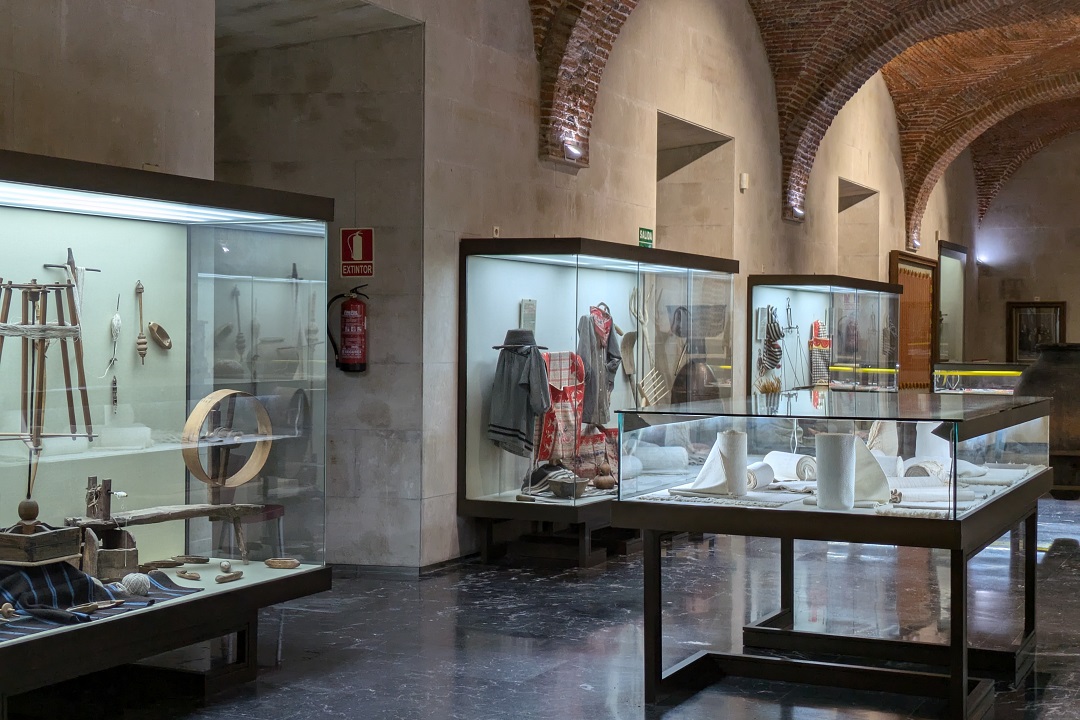
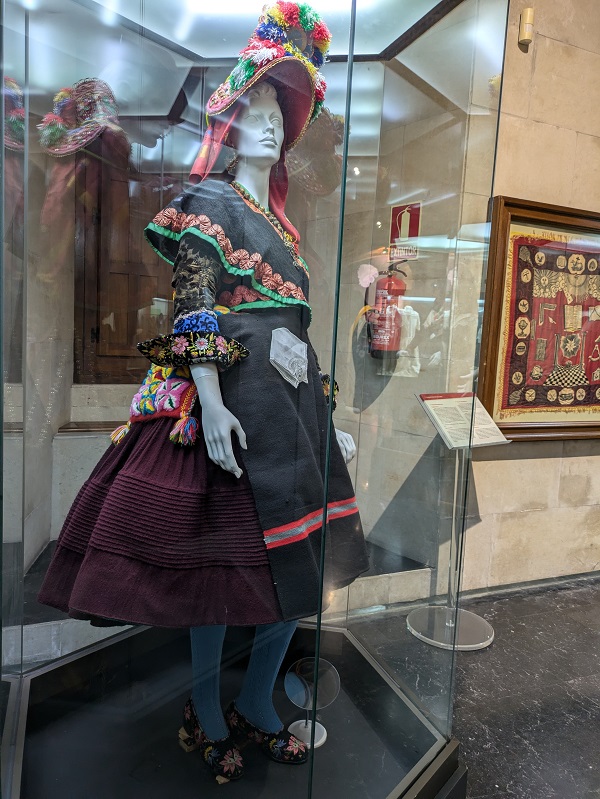
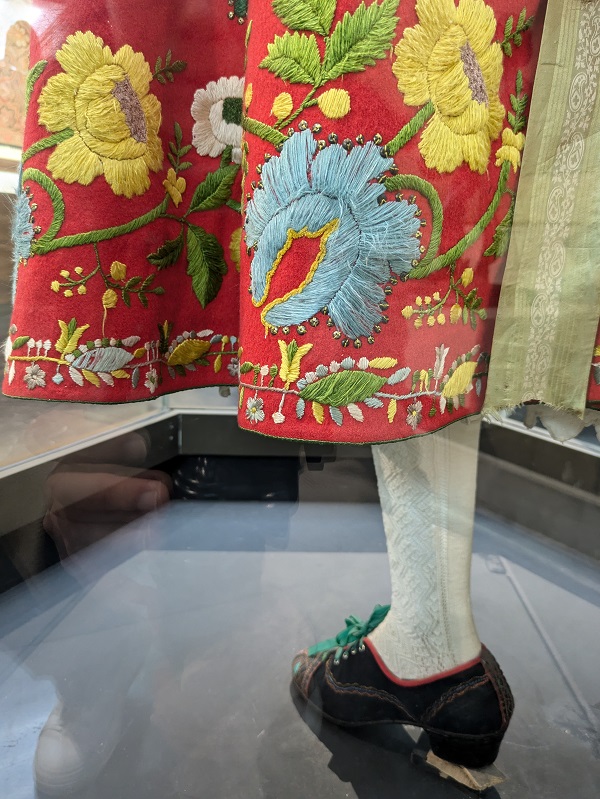
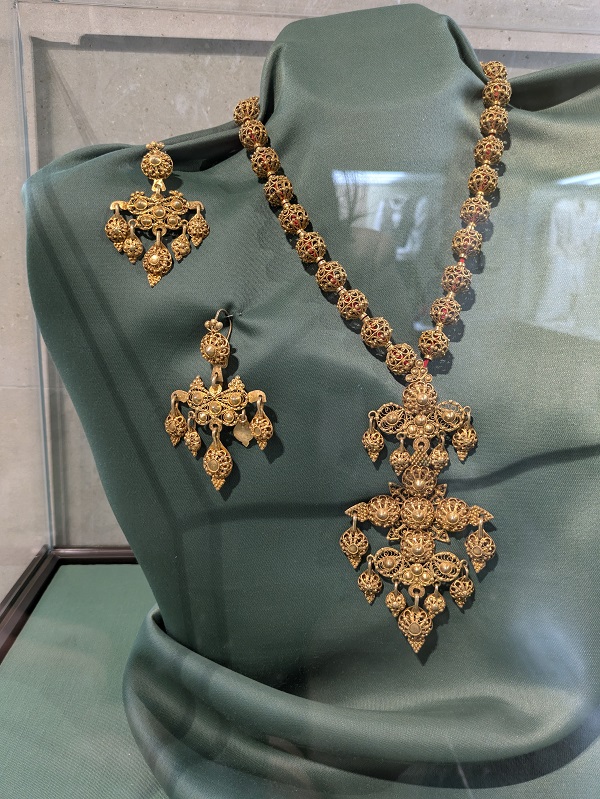
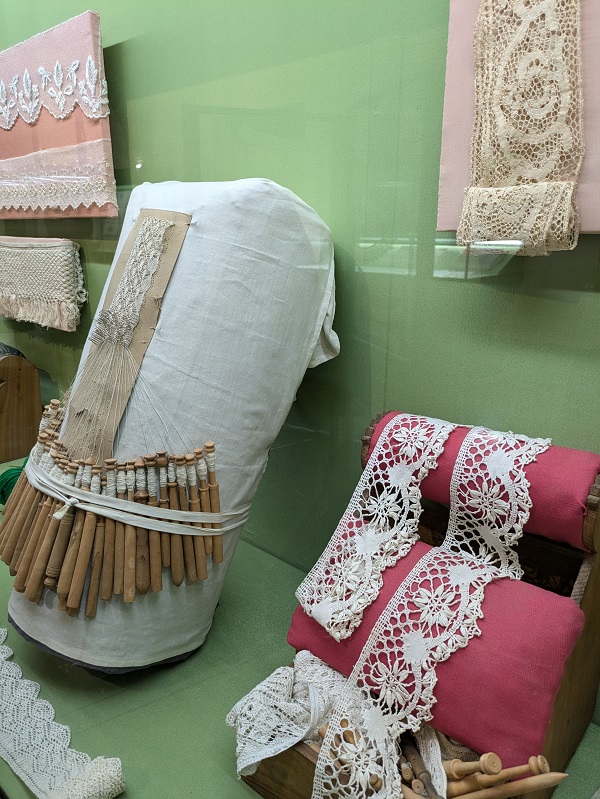
Location: intersection of Calle Trujillo, 25 with Plazuela Marqués de la Puebla
Opening hours: (01/07-31/08) from Monday to Friday from 9.30am to 2.30pm, Saturdays from 10am to 2pm, Sunday-Monday closed; (01/09-30/06) from Wednesday to Friday from 11am to 2pm and from 5pm to 8pm, Saturdays from 10am to 2pm and from 5pm to 8pm, Sundays and Bank Holidays from 10am to 2pm, Monday-Tuesday closed. Closed on 1 January, 6 January, 1 May, 8 September, 19 October, 24-25 and 31 December.
Free entry
Parador
Paradores are state-supported four-start hotels located in historical buildings throughout Spain. Parador de Plasencia occupies a magnificent former convent built in the fifteenth century over the remains of an old synagogue and part of the Jewish quarter. If you already have your accommodation in Plasencia sorted, book a table at the restaurant or pop in to the bar for a coffee. Find any excuse to check the interior and walk around its pretty cloister.
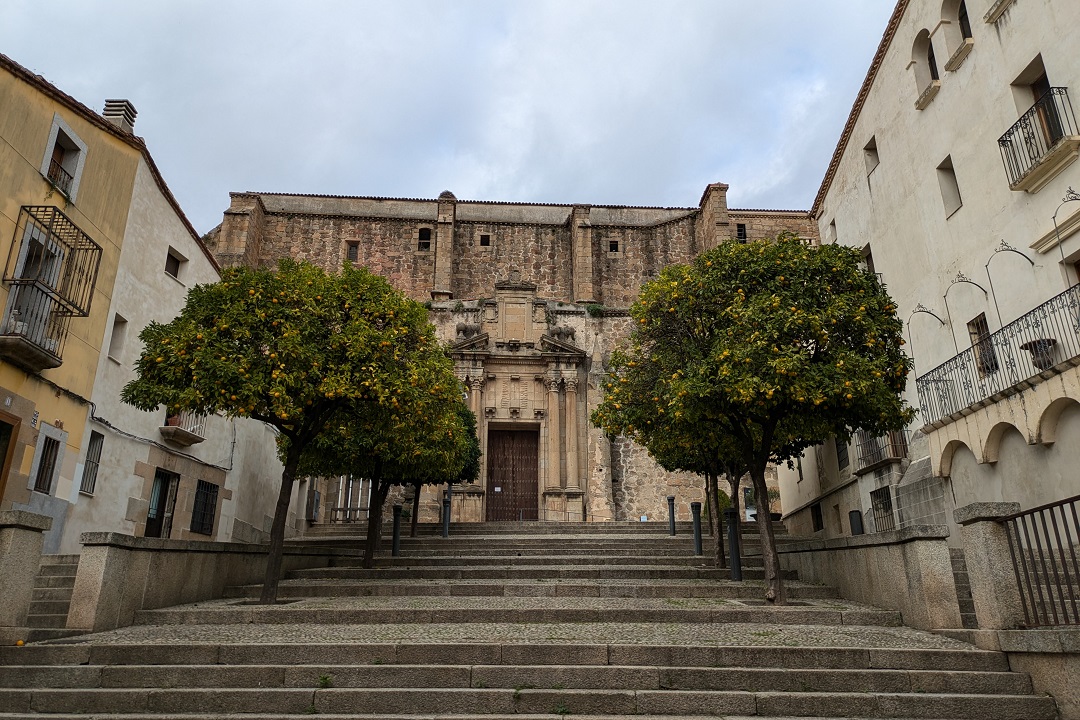
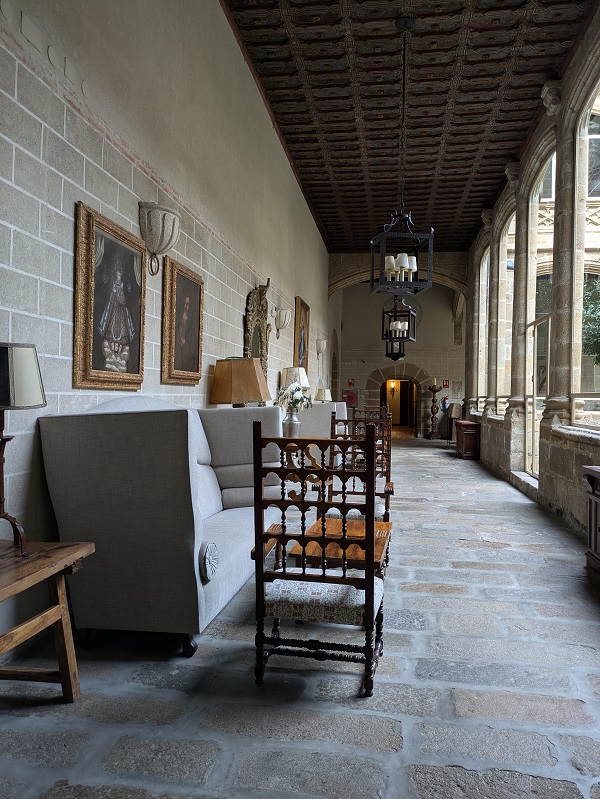
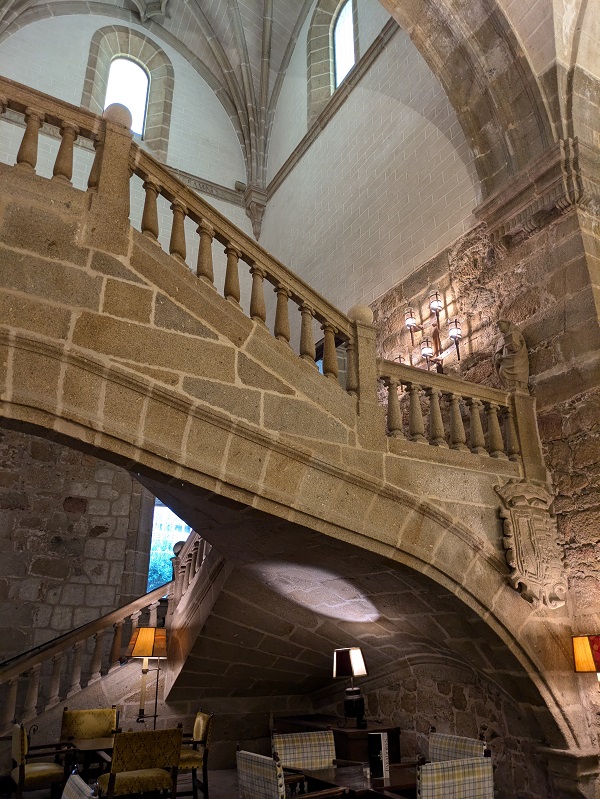
Location: Plaza San Vicente Ferrer, s/n
Ermita Santuario de la Virgen del Puerto
Situated about five kilometres away from the city centre, to the north of Plasencia, this chapel dedicated to the local patron saint is a good place to go to for a great view. Unfortunately, last time I went it was incredibly foggy and I could not enjoy the view from outside the chapel. I had to drive back down a bit to find a place to spot Plasencia and the reservoir to the south, and enjoy a view of the green surroundings.
The chapel makes a good morning or evening walk from Plasencia (outside the summer months), and there’s pavement on one side of the road from the local hospital all the way up.
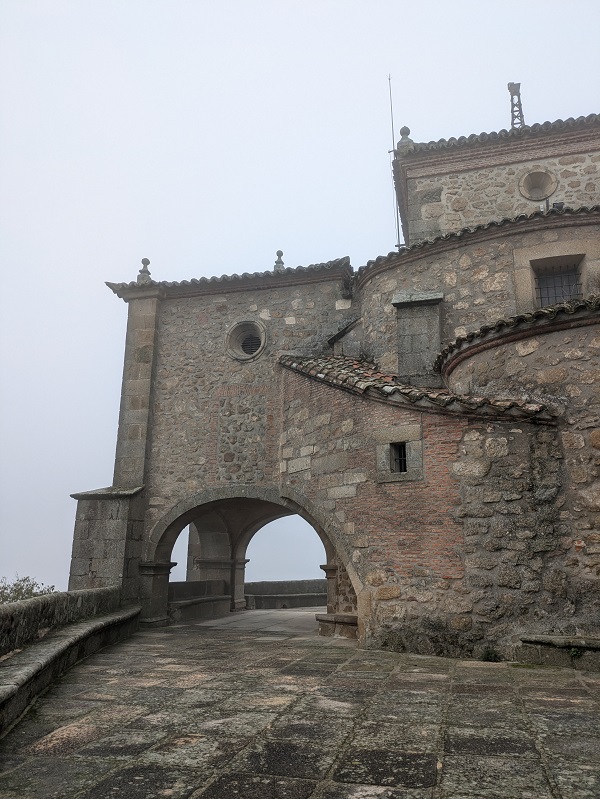
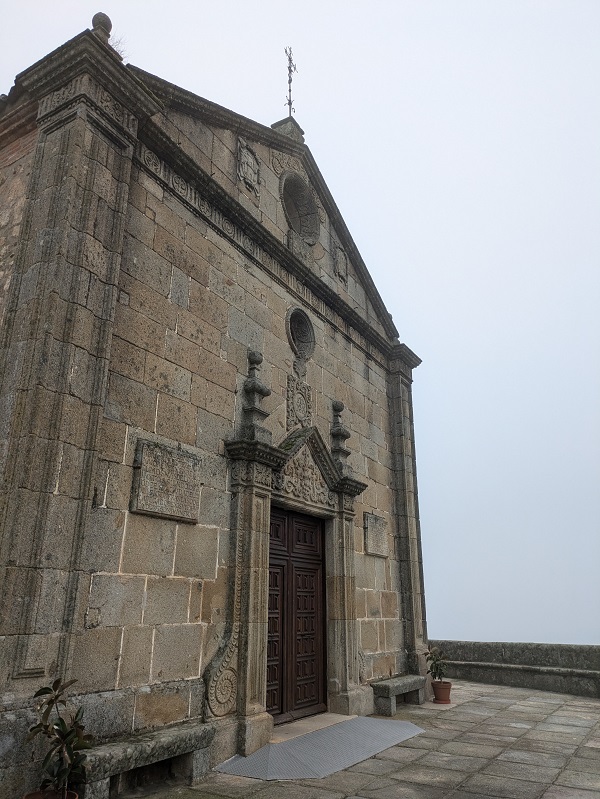
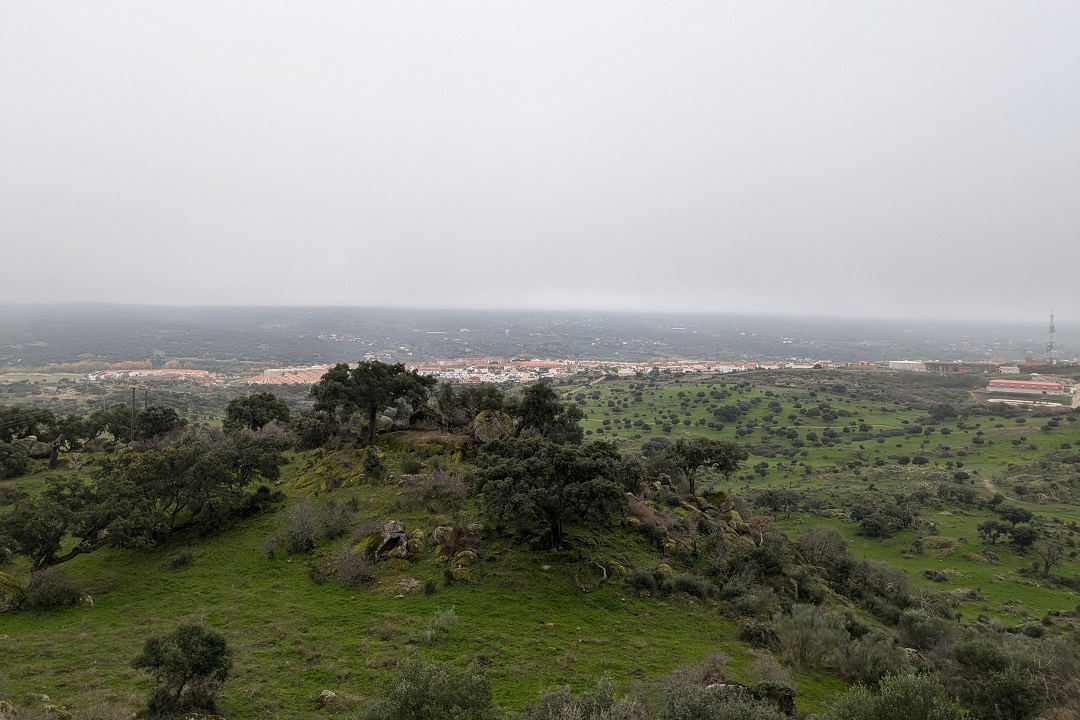
Location: Avenida Virgen del Puerto, s/n
Idea: If you’re visiting Plasencia as a family with children or simply fancy a walk around a green area, you might want to check out Parque de los Pinos. Located in the northern part of the city, near the aqueduct, it’s a rather large park containing a variety of birds and ducks, including peacocks. But if you’re only in Plasencia for a day and time is tight, this wouldn’t make it into my list of unmissables.
Plasencia sightseeing map
Other articles about Plasencia:
This content is protected by copyright and belongs exclusively to Irene Corchado Resmella. To know exactly what this means, read the 'Copyright' section in the Website terms of use.

Irene Corchado Resmella
Hi! I’m Irene (/ee-REH-neh/). Long since settled in the UK, I explore my Spanish home region of Extremadura with an inquisitive mind, a sharp eye, and the duality that comes with being both a local and a visitor. Then I write about it here to help you discover this beautiful yet overlooked part of Spain. If you have any questions after reading this article, submit a comment below! Read more about me.
